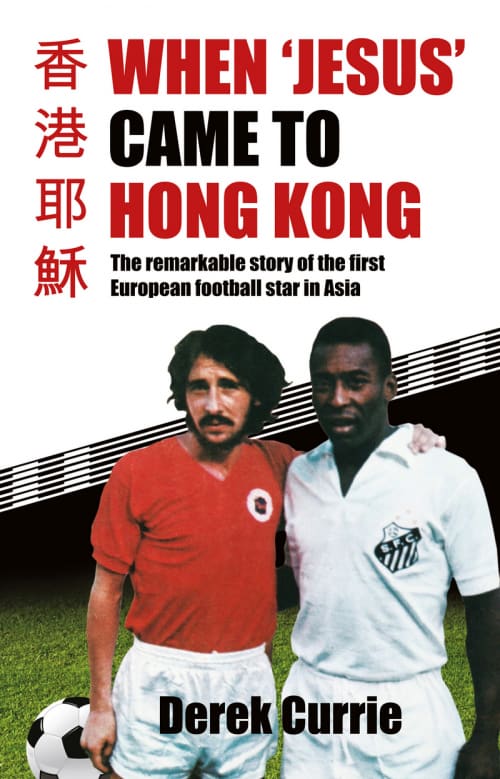It took balls to go to Hong Kong.
When Scottish footballer Derek Currie was made an offer to travel to Hong Kong to play against the one sportsman he had dreamed of meeting on the field, he couldn’t say no.
From apprentice printer in Glasgow to playing football against Pelé in the Far East, singing with Stevie Wonder and shadow-boxing with Marvelous Marvin Hagler, Currie enjoyed a magical life as one of the first three European professional footballers in Asia. He was quickly nicknamed ‘Jesus’ by Hong Kong football fans.
Here he traces the early development of professional football in the then-British colony through his own career: the games, the places and the characters he met along the way.
Given a once-in-a-lifetime opportunity, he didn’t think twice – travelling 6,000 miles across the world to pursue his dream of professional football. In the years that followed, he met international stars from music, showbusiness, boxing and horse racing.
Here in words and pictures is his amazing story – if not for the photographic proof you could be forgiven for thinking it might be a fairy tale! It isn’t.
"An illustrious playing career. An excellent read." – Craig Brown CBE, former manager, Scotland national football team
LOOK INSIDE THIS BOOK
Contents and foreword Chapters 1 and 2
